Avoiding Forehead Reduction Surgery Gone Wrong: What You Need to Know
Hairline-lowering surgery is an option for people with a high hairline or large forehead who want a forehead reduction. However, things don’t always go as planned, and in cases of forehead reduction surgery gone wrong, there are some things you need to know.
Understanding Forehead Reduction Surgery
Otherwise known as hairline-lowering surgery, scalp advancement, or hairline-lowering forehead reduction, this surgical procedure involves a small incision along the frontal hairline. Then the surgeon pulls down the scalp to lower the hairline on your face. Additionally, excess skin is removed, reducing the appearance of forehead wrinkles.
The surgical procedure lasts about two to three hours. You will be placed under sedation or local anesthesia, and patients leave the surgery center the same day. This is a permanent surgical solution to a high hairline or excess forehead skin.
The result is improved balance between facial features, and most patients have a more natural hairline appearance. This, in turn, leads to better self-consciousness overall. Hairline-lowering surgery occurs in a surgical center or other medical facility.
What is Hairline-Lowering Surgery For?
To avoid a forehead reduction surgery gone wrong, it’s important to understand what hairline-lowering surgery is for. Unlike hair restoration surgery options, such as hair transplants, hair loss treatments, hair grafts, or hair growth treatments, hairline-lowering surgery corrects a high hairline.
A hair transplant surgery may be used to treat a receding hairline or tackle ongoing hair loss. Conversely, hairline-lowering surgery isn’t ideal for people with a receding hairline or other hair thinning conditions. Other procedures, such as a brow lift, may create more balance between facial features, but don’t do the same thing as forehead reduction surgery.
Initial Healing Phase of Facial Plastic Surgery, Like Forehead Reduction Surgery
Immediately after your forehead reduction surgery, you’ll be allowed to return home after a few hours, almost always on the same day. A wound dressing is applied along the incision site, which is usually removed the day after your forehead reduction surgery.
A short recovery period after forehead reduction surgery lasts about a week before patients return to normal activity. The best practice is not to return to strenuous activity until two weeks after your forehead reduction surgery. It’s not uncommon to experience bruising or swelling during this recovery time. You may be given pain medication.
During recovery from forehead reduction surgery, you may experience itching and numbness in the area. While you return to regular activity in a week, this sensation can last for months. Patients can keep the incision site clean and their heads elevated to reduce swelling during healing.
What Can Go Wrong with Hairline-Lowering Surgery?
Unfortunately, forehead reduction surgery doesn’t always go as planned, or the results aren’t exactly what you hoped for. While all surgical procedures have risks, it’s essential to be especially aware when discussing facial plastic surgery.
One thing that can go wrong with the hairline-lowering procedure is visible scarring after the surgical procedure. Even though your high hairline is corrected and you have better facial proportions, visible scarring can feel like a significant step in the wrong direction.
If hair follicles are damaged due to the surgery, you may experience some hair loss, particularly around the incision area. Your hair can regrow from this hair loss, but a hair transplant may be needed.
Asymmetrical facial features are another thing that can go wrong with forehead reduction surgery. In some cases, this can be corrected with follow-up surgery, but it can be a frustrating experience.
If you’re not a good candidate for forehead reduction surgery, you can experience unsatisfactory results. Speaking to a plastic surgeon can help determine if forehead reduction surgery is ideal for you or if other hair loss treatments would work better.
How to Avoid Mistakes and “Gone-Wrong” Stories with Your Forehead Reduction Surgery
Thankfully, with proper planning before forehead reduction surgery and appropriate care after the hairline lowering, you can avoid many of these forehead reduction surgery gone wrong stories. Regarding forehead reduction surgery, it all starts with selecting the right plastic surgeon. A board-certified plastic surgeon is a must. Additionally, you can request before-and-after photos.
You must be a good candidate for forehead reduction surgery. Be honest with your doctor about your hairline. You may combine forehead reduction surgery with other reconstructive surgeries to solve multiple problems simultaneously.
Don’t skip out on recovery care after the hairline-lowering procedure. Forehead reduction is a real surgery, so treating the incision area properly is essential. Last of all, manage your expectations. Full recovery can take several months.
Forehead Reduction Procedure FAQs
What is the Hairline Lowering Surgery Cost?
Forehead reduction surgery costs will vary depending on several factors. For example, are you only getting the hairline lowering, or are you adding other treatments like a brow lift, hair transplants, or hair grafts? Actual surgery can range from $7000 to $15000
How Does Forehead Reduction Surgery Differ From Hair Loss Surgery?
Yes, hairline-lowering surgery differs from other hair loss treatments like transplants. In fact, hairline lowering doesn’t stimulate new hair growth at all. This surgery lowers the forehead skin to correct a high forehead.
Most patients seek out this surgery to fix a large forehead, not to correct thin hair or male-pattern baldness (or female-pattern baldness).
What is the Forehead Reduction Procedure?
Hairline-lowering surgery involves making a small incision along the hairline. Then the hair-bearing scalp is pulled down to improve the hairline location along the face. You can expect to see improved facial balance. After the surgery, you may be prescribed pain medication. Bringing the hairline forward is the main objective of this form of plastic surgery. After surgery, the hairline appearance should be noticeably improved.
Should I Get a Brow Lift Instead?
Only you and your doctor can determine if hairline lowering or a brow lift is right for you. A brow lift can sometimes be completed alongside forehead reduction surgery or hair transplants for better results. A brow lift does not typically solve for a large forehead and may increase the hairline.
What is Scalp Laxity?
This determines how loose or flexible your scalp is. High scalp laxity ensures more room to lower the hairline and improve the frontal hairline shape.
Book Your Forehead Reduction Consultation
Forehead reduction surgery requires a consultation before it can be completed to ensure you understand the hairline-lowering procedure, its risks, and that you’re a good candidate for the hairline-lowering surgery. When you book a consultation with us at Sieber Plastic Surgery, you’ll meet with our plastic surgeon, Dr. David Sieber, to see if you’re a good candidate.
References
- https://www.txfaces.com/procedures/hair-restoration/hairline-lowering
- https://www.chicagohairinstitute.com/services/forehead-reduction
- https://www.drsidle.com/blog/everything-you-need-to-know-about-forehead-reduction-and-hairline-lowering-surgery-dr-sidle
- https://www.drattenello.com/hair-restoration-beverly-hills/hairline-lowering






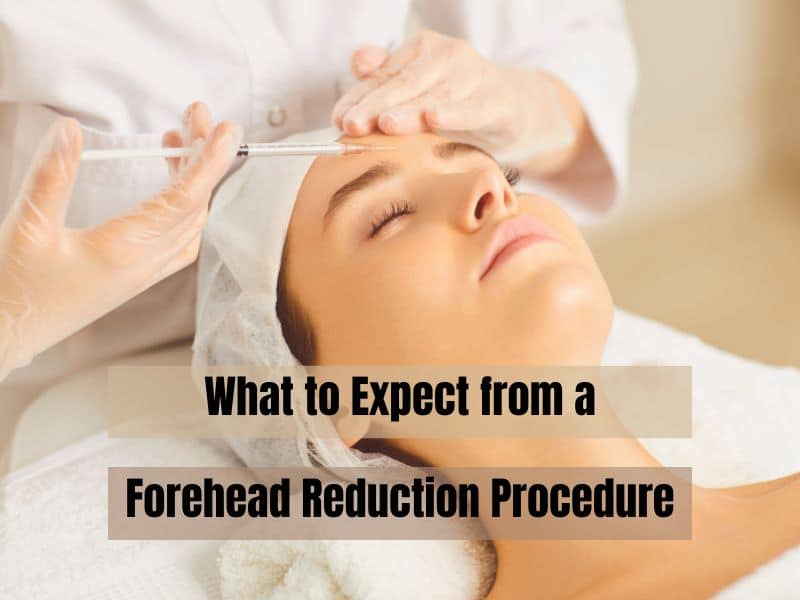
 The location of your scars depends on the breast lift technique used and where each
The location of your scars depends on the breast lift technique used and where each  Breast lifts can make sagging breasts look perkier and more youthful. If you are interested in breast lift surgery, please
Breast lifts can make sagging breasts look perkier and more youthful. If you are interested in breast lift surgery, please  WHAT IS A BBL?
WHAT IS A BBL? Questions and Answers
Questions and Answers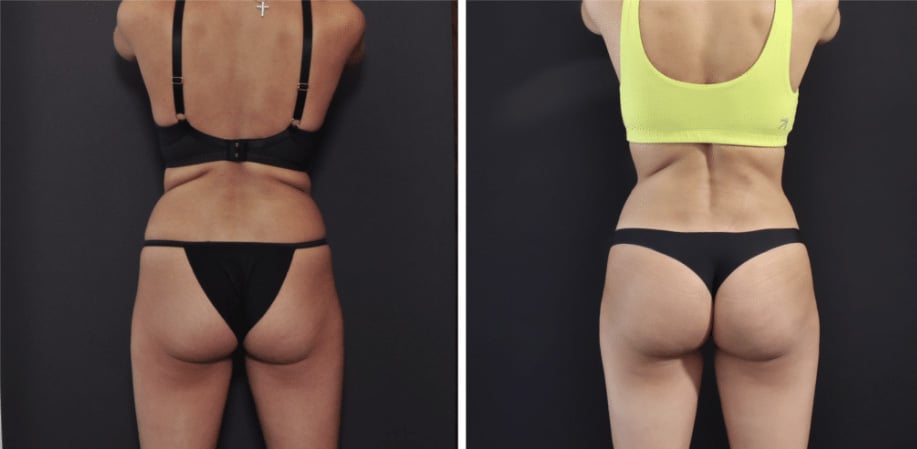
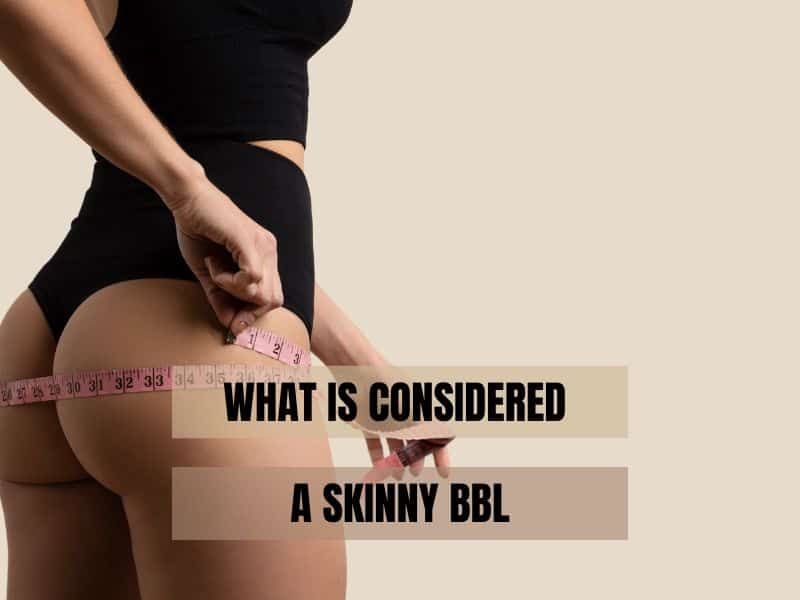 Skinny BBLs are the same as regular BBLs, except for one thing. So, first let’s go over what a regular BBL is.
Skinny BBLs are the same as regular BBLs, except for one thing. So, first let’s go over what a regular BBL is.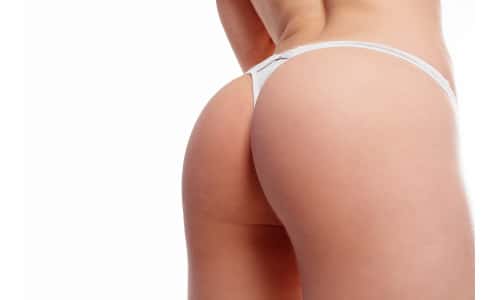
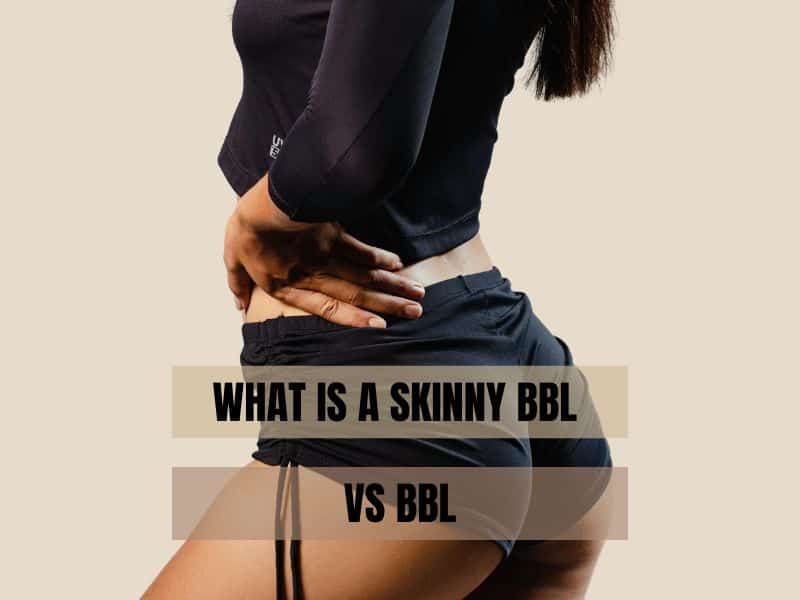 How long does it take to recover from a skinny BBL?
How long does it take to recover from a skinny BBL?